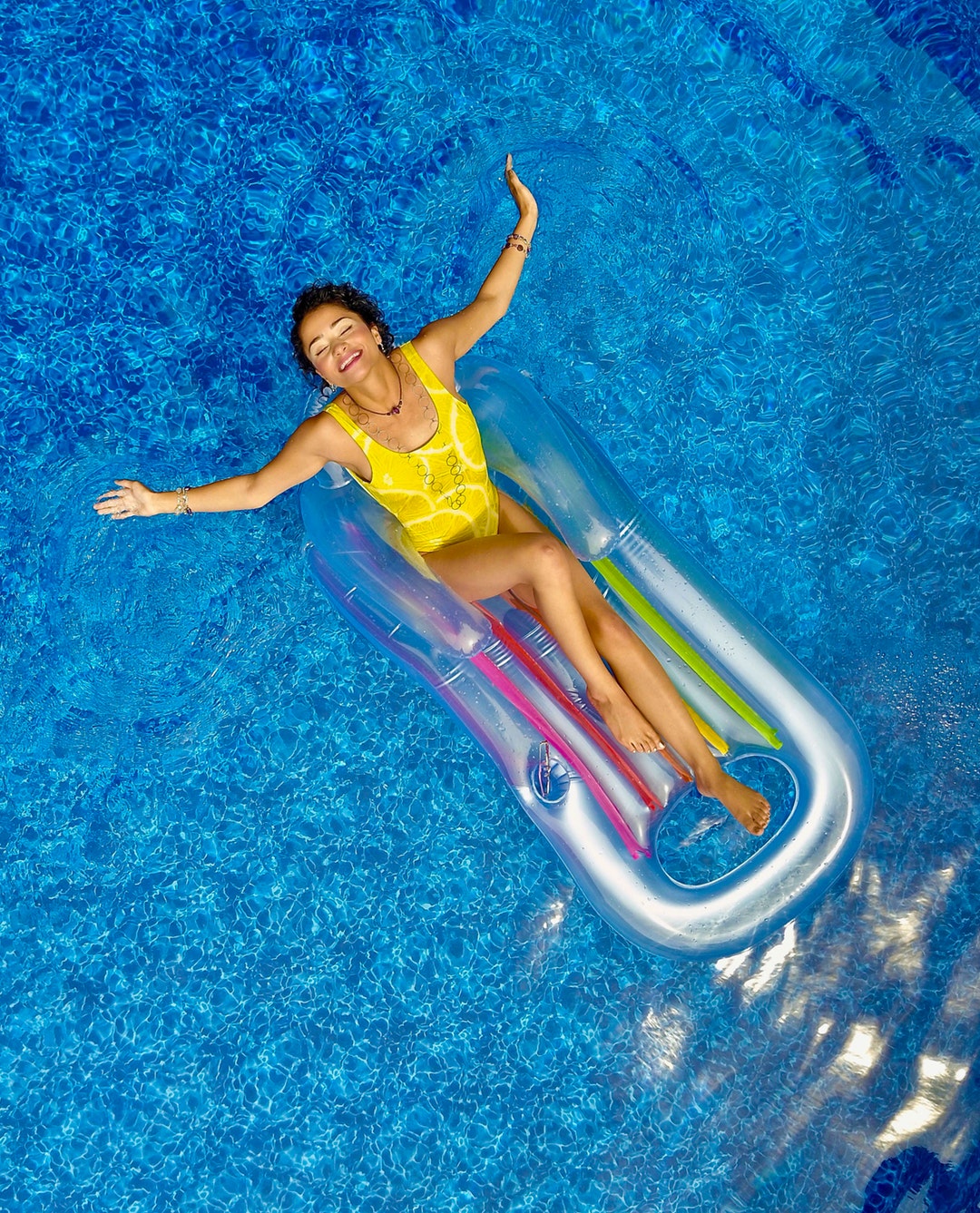With more than 10 million homes being able to boast a swimming pool, deciding on building your own inground pool requires a little bit of thought.
Some people can get excited and decide to just build a pool on a whim without considering the results of their decision. Deciding on your inground pool depth requires you to think about what you need and why.
Here are four things to think about before you jump into your pool depth if you still have time to change your mind.
1. Why Did You Build It?
If you’re thinking about building a pool, you’re probably not thinking about why you’re building it in the first place.
You probably have a nebulous idea of what having a pool will be like. For some people, they’ve always imagined having an inground pool on their property and fantasize about relaxing around it.
However, when you’re trying to come up with a pool depth for the new one at your home, there are some basic concerns you should think about. Simply asking yourself what the purpose of the pool is could be a great place to start.
If you want to throw parties where the kids play, have some grown-up fun on the weekends, or would prefer to swim laps, you have different needs. If you’re looking to have a diving board, you need to consider how deep your pool needs to be to safely ensure no one gets hurt.
If you’re looking for a place to swim laps, consider a length of 25 meters to get a nice distance back and forth. If you’re going to have kids playing around, stay with a maximum depth of five feet for safety.
However, if you’re going to be diving and swimming a lot of laps, you’ll need at least five feet, if not closer to six or eight at the diving board.
2. Figure Out the Height For Adults
Multi-depth pools are common, especially when you’re accommodating an entire family at your pool. However, you need to keep your adults content with the height rather than having them wading around a kiddie pool. Your depth needs to be fun but it also needs to be safe for everyone.
The staggered depths of three to six feet on a slanted pool usually works for people, but you need to make sure everyone has what they need. If you and your spouse have very different heights, you need to accommodate for each of you. Make sure that you both have the kind of depth you need before you simply throw out a number.
If you’re not sure, go to a local pool and see what feels good to you.
Some people like to be in over their head and others don’t want to risk having friends over who could fall in and hurt themselves. Decide what works for you and whether or not you’ll be drinking or having children around your pool before you decide on a height that accommodates adults.
Everyone has a different height that works, but if this is mainly for adults, consider their needs.
3. Think About Kids
While you might come up with a height that you want to use to accommodate your kids, you should also consider the time factor along with that.
Having a pool that’s safe for your kids is great but if they’re going to be tall enough to swim anywhere in the pool five years from now, don’t get your self stuck. Having a kiddie wading pool in your backyard instead of merely buying a net to keep kids out is a permanent decision you’ll have to deal with.
There’s no real “safe” height for kids. Toddlers wading in water that’s two feet high could still hurt themselves or end up in a bad situation. You need to always watch your kids in and around the water.
Since your kids will be able to handle three feet and more after just a few years, buy a pool with multiple heights.
Those lower sections are nice when you just want to sit on the stairs, enjoy a cocktail, and read a book partially submerged. It’s also a great way to get your infants and toddlers acquainted with the water.
Your best bet might be a separate wading pool for kids. While you could just use an above ground solution here, you could also incorporate wading into your pool with an L-shaped design. The wading area could be a way to get in and out of the pool as well.
4. Calculate Your Budget
While you might want to go big and start planning for the diving pool of your dreams, you need to calculate your budget seriously. There is constant upkeep and maintenance to consider with your pool. Splurging on a pool for diving could end up costing you exponentially more over their lifespan.
While there an initial increased cost up front, you’re also dealing with more costs over upkeep. Every inch of diving space is going to end up costing you thousands over several decades. Consider your water and cleaning budget before you decide on this.
While you should get the pool of your dreams, the extra cost should be worthwhile. On a tight budget, think twice about spending your money on a small added bonus that your family might not spend time using after all.
Pool Depth is a Safety, Budget, and a Use Issue
Before you make any hasty decisions about your pool depth, you should think carefully about what you really need before you build it. Your pool depth tells you how much it could cost you over the course of several years.
To more accurately calculate the cost of maintaining a pool, check out our guide.




